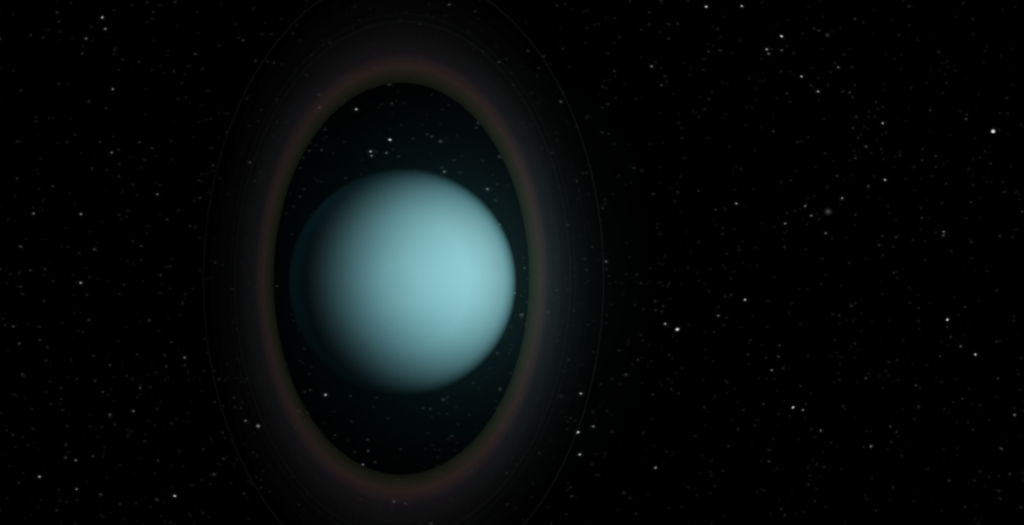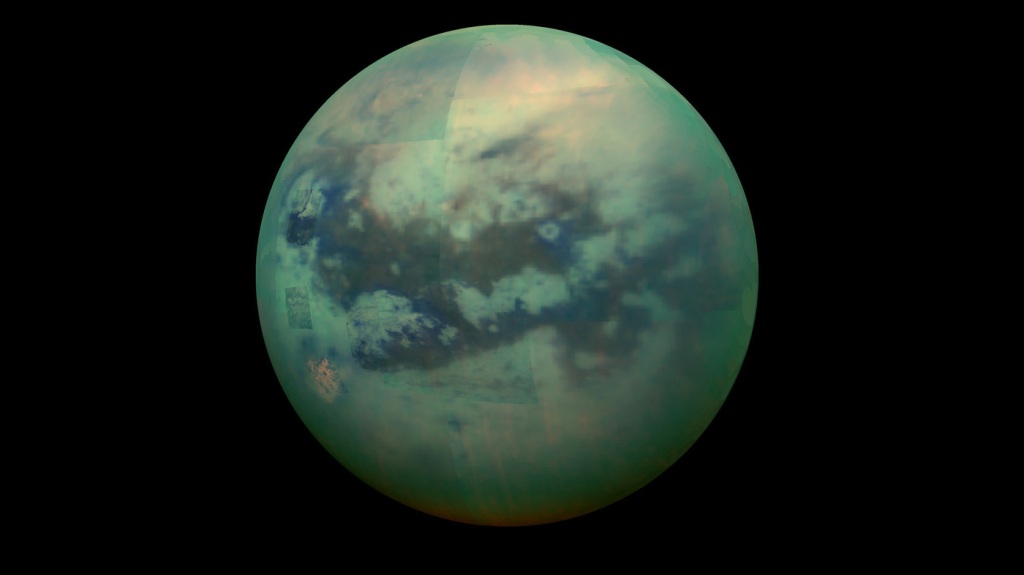Solar winds are arguably one of the most destructive forces in our solar system. As a kid, I never took these forces into account when thinking about space travel. In my mind, as long as you avoided flying your space ship directly into the sun (which I thought was on fire, of course), our star was not to be worried about. Unfortunately, solar winds have to be taken into account when traversing space.

Here on earth, tornadoes and hurricanes are some of mother natures most immediately damaging phenomenon. One of the things that make these occurrences so scary, is that they can seem to appear out of nowhere. Just recently, Nashville was hit by a devastating tornado. There was little to no warning for those that were affected by it. Tornadoes can have wind speeds up to 300 mph, the recent Nashville tornado is estimated to have had 165 mph winds. Comparatively, solar winds can reach speeds up to 500 miles per second. That’s a top speed of 1.8 million mph!
This incredible speed leads to a large transfer of energy into whatever the winds collides with, and luckily for us, we have our magnetosphere to protect us. I mentioned the magnetosphere in my previous post about the northern lights, but there are other things that occur when the wind makes contact with our magnetosphere. The near invisible collisions can cause the magnetosphere to become deformed, leading to turbulence. this turbulence can lead to a number of things, interference in terrestrial communications, satellite malfunctions, and even issues in our power grids. Solar wind is a part of our local space weather, which we need to be conscious of, whether we are traveling in space or living here on Earth.













